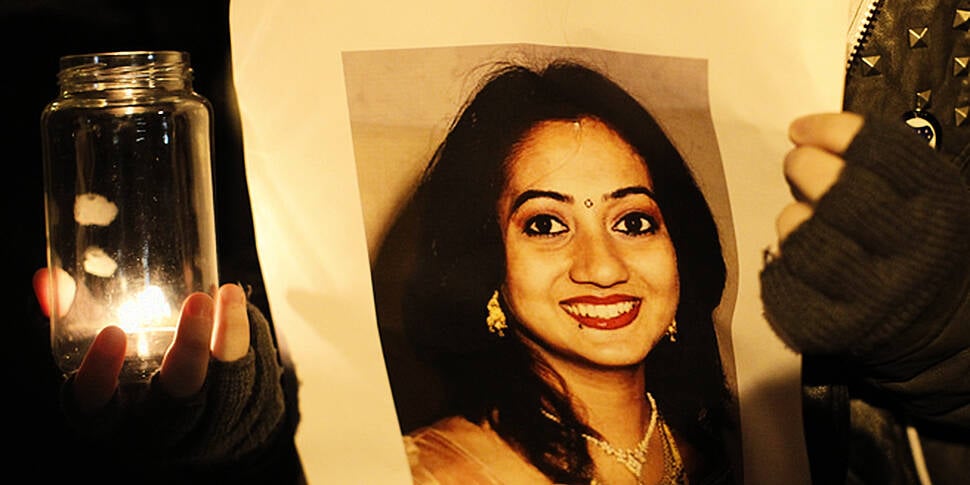Whether you believe that life is created at the very moment of conception or are an advocate of a woman’s right to govern her own body, abortion remains the most contentious issue to bring up in Ireland today. Whether at candle-lit vigils, Sunday masses, rallies in cities, or in whispered conversations between couples, what we know for certain is the procedure is still illegal according to the law, and that thousands of Irish women still avail of it every year.
Since 1861, abortion has been outlawed under the Offences Against the Person Act, brought into Irish law at a time when women did not have suffrage. 122 years later, when everyone over the age of 18 was offered the choice in a referendum, the Irish people voted to amend the constitution for an eighth time, adding the following lines to the Bunreacht na hÉireann:
“The State acknowledges the right to life of the unborn and, with due regard to the equal right to life of the mother, guarantees in its laws to respect, and, as far as practicable, by its laws to defend and vindicate that right.”
Irrespective of the threat of a 14-year prison sentence, introduced into the country in 2013, at least 10 Irish women access abortion clinics across the Irish Sea every day. That figure is based just on the number providing their addresses, and is likely to be far higher. More than 1,000 abortion pills, ordered over the Internet, were seized by Irish customs agents last year. As for how many were delivered to their final destination is anyone’s guess.
This week on Newstalk, The Pat Kenny Show debates the issues surrounding Ireland's Abortion Journey, asking questions about how those laws could change. But when looking to the future, it raises the question of how did we get where we are now?
Please take a moment to read Newstalk’s interactive timeline of the history and key moments surrounding accessing abortion in Ireland:









